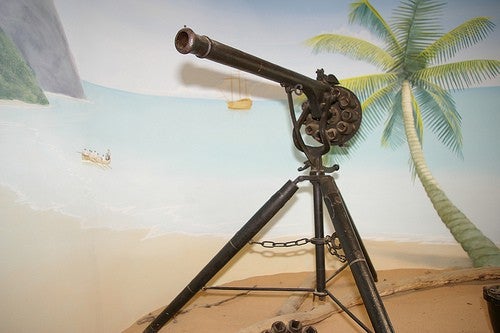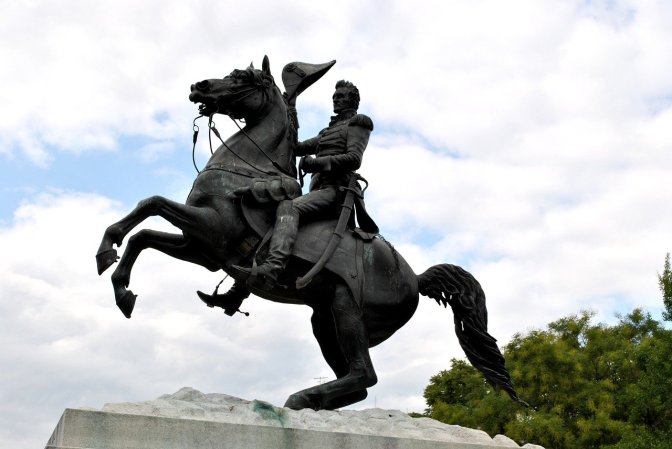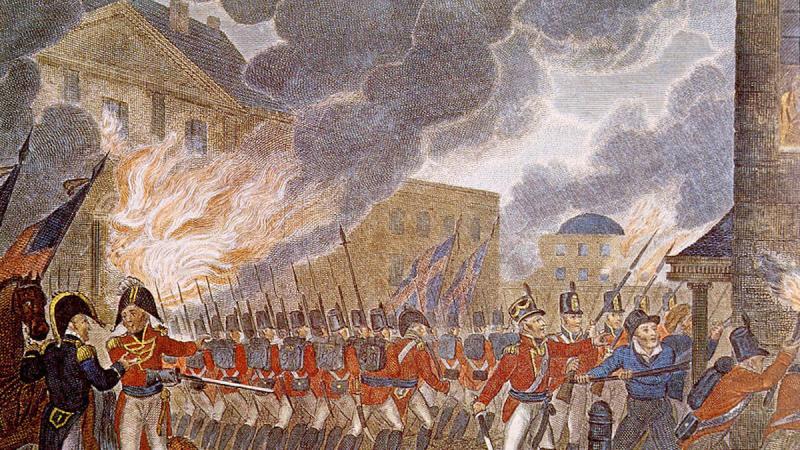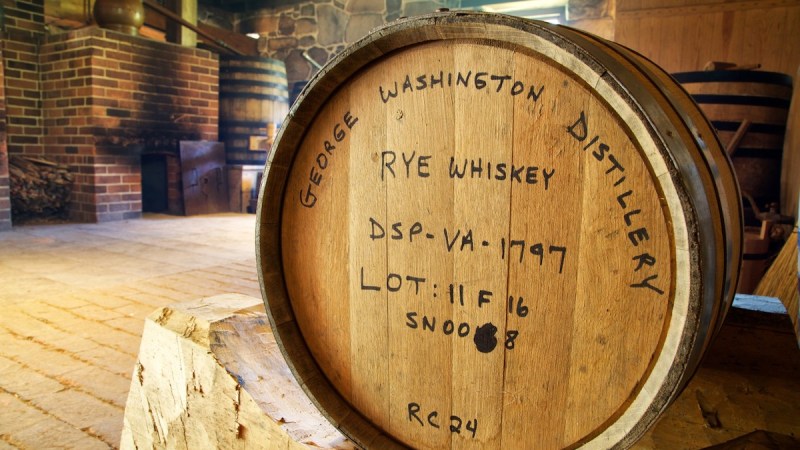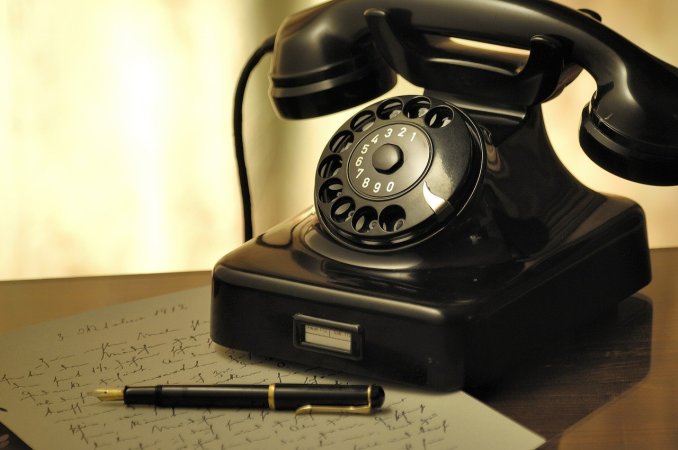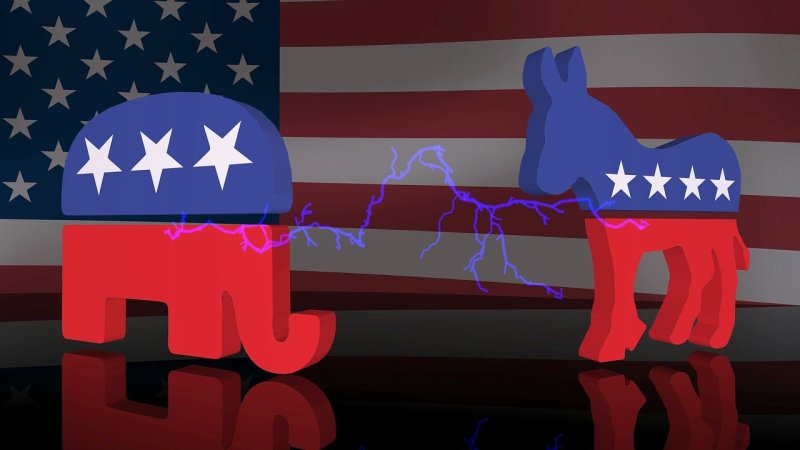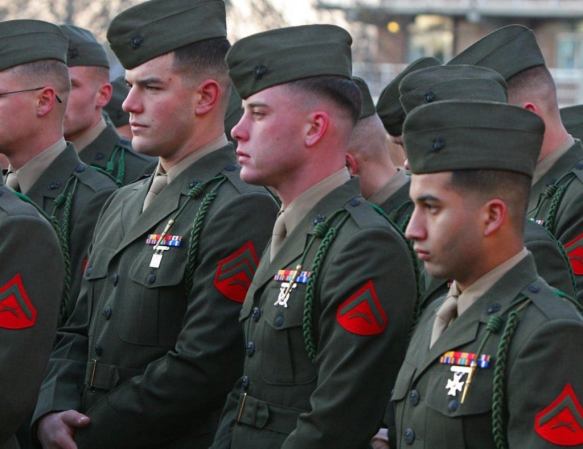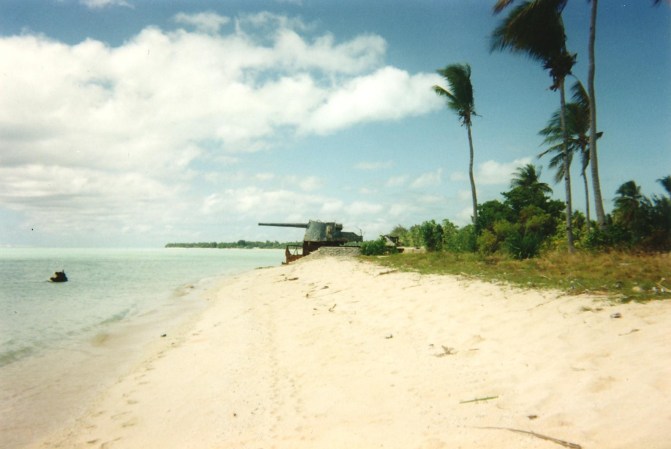On April 3, 1776, Congress authorized Privateers to attack British vessels.
Pop quiz: you’re the Continental Congress, and it’s 1776. There’s a bunch of British ships out there that need sinking, but you’re a young nation and you don’t have the dubloons to build a proper Navy. What do you do? You hire pirates.

Well, technically “Privateers.” What’s the difference between Pirates and Privateers? To the people they were attacking, not much…
In a bill signed by President of the Continental Congress John Hancock, commanders of private ships or vessels of war were given authorization to capture British vessels and cargoes, with the exception of ships carrying new settlers and “friends of the American cause.”
Fun fact: Old manuscripts such as this 18th Century declaration made use of “the long s” — written as ſ — which is a ye olde variation of the lowercase s. You have my permission to pronounce “vessels” as “veffels” as much as it pleases you, but rest assured, our forefathers weren’t lisping in such documents.
Privateers were permitted to, “by Force of Arms, attack, subdue, and take all Ships and other Vessels belonging to the Inhabitants of Great Britain, on the high seas, or between high-water and low-water Marks, except Ships and Vessels bringing Persons who intend to settle and reside in the United Colonies, or bringing Arms, Ammunition or Warlike Stores to the said Colonies, for the Use of such Inhabitants thereof as are Friends to the American Cause, which you shall suffer to pass unmolested, the Commanders thereof permitting a peaceable Search, and giving satisfactory Information of the Contents of the Ladings, and Destinations of the Voyages.”
The privateers would still board and capture ships by force, which happened pretty often. If they captured a ship, any and all booty was split between the privateers and the government that hired them.
The main difference between privateers and run-of-the-mill pirates is that legit privateers had a Letter of Marque and Reprisal, which was an official document stating that they were acting on behalf of the United States.
If captured, pirates were often executed, whereas privateers that held a Letter of Marque were treated as prisoners of war, instead of criminals.
By this time, the Revolutionary War had been waging since fighting broke out at Lexington and Concord on April 19, 1775. Tension would continue to rise until the Second Continental Congress unanimously adopted the Declaration of Independence on July 4, 1776 and officially separated from Great Britain.

